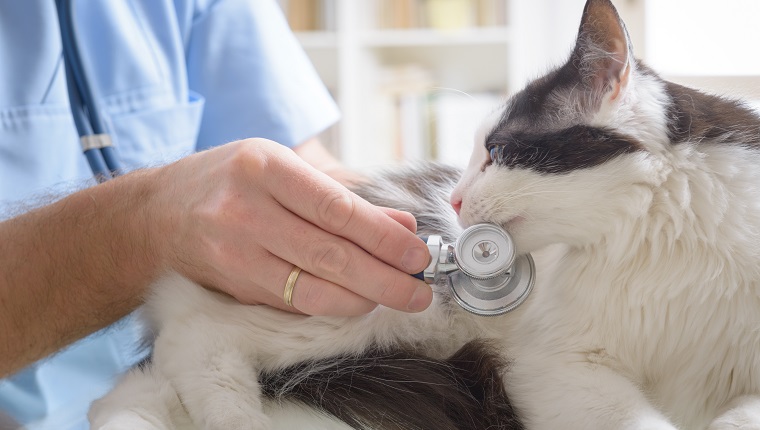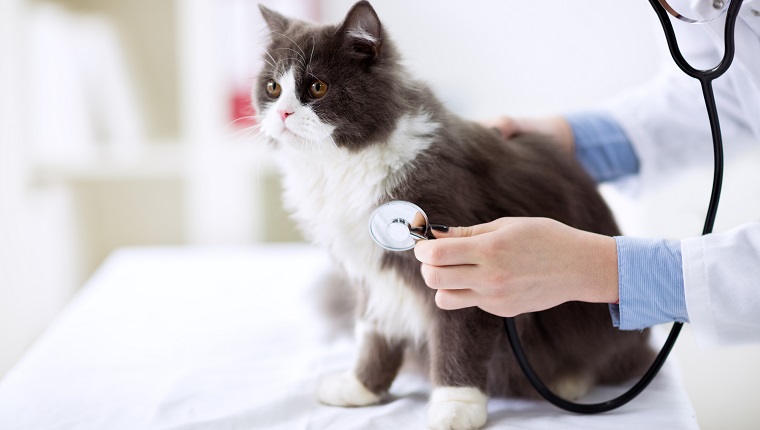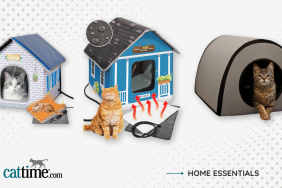Noncardiogenic edema in cats is a medical condition that involves fluid leaking into the lungs and causing swelling. Cats who suffer from it can go on to experience further inflammatory reactions and complications.
This condition can be brought on by a range of issues, including biting through electrical cords, obstructions if the airways, and trauma to the head. It can become fatal if not treated quickly enough.
If you see unusual signs and symptoms in your cat, then you must consult your veterinarian for a proper diagnosis and treatment. Here’s what you should know about the symptoms, causes, and treatments of noncardiogenic edema in cats.
Symptoms Of Noncardiogenic Edema In Cats
Noncardiogenic edema in cats can produce a number of symptoms. Some of the most common symptoms that appear include:
- Gums turning pale or blue
- Spitting up saliva that’s pink and frothy
- Breathing issues
- Increased heart rate
- Breathing more quickly than usual
Causes Of Noncardiogenic Edema In Cats

There are many different factors that can cause noncardiogenic edema in cats. Some of the most common causes include:
- Obstructions of the upper airways
- Allergic reactions
- Bacterial infections
- Pancreatitis
- Inhaling smoke
- Trauma to the head
- Brain disorders
- Aspiration pneumonia
- Injury from biting through an electrical cord
Veterinary Treatments
If you think your cat is suffering from noncardiogenic edema, your veterinarian will want to ask about your kitty’s recent activities and behavior and try and pinpoint any incidents or situations that might have caused the condition.
The vet will also carry out a full physical exam. This will include blood work and tests to see how well your cat’s blood is able to clot. Vets often also take and analyze pulse oximetry ratings, and imaging techniques can help to confirm a diagnosis.
The vet’s course of treatment will depend on how severe the condition is. In the most extreme cases where a cat is having issues breathing, vets will generally recommend a period of hospitalization. In some cases, oxygen therapy can help, and a respirator is also often an option.
While your cat recovers, try to reduce any environmental factors that might cause them to feel anxious or stressed.
Additionally, you can help prevent this condition in the first place by making sure that your cat cannot bite through electrical cords and wires around the home.
Has your cat ever suffered from noncardiogenic edema? Did your vet find out what caused it? Tell us all about it in the comments below.









